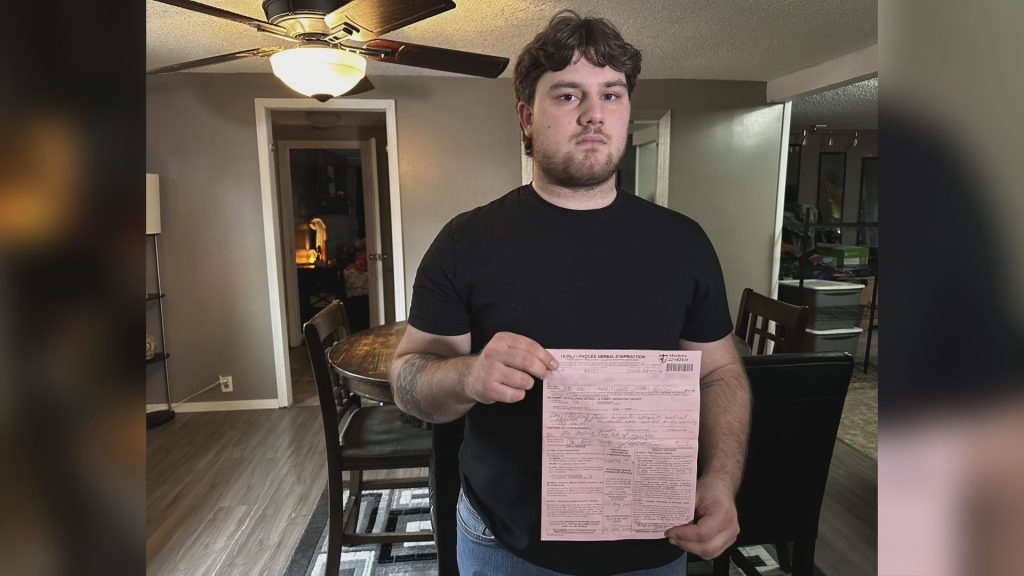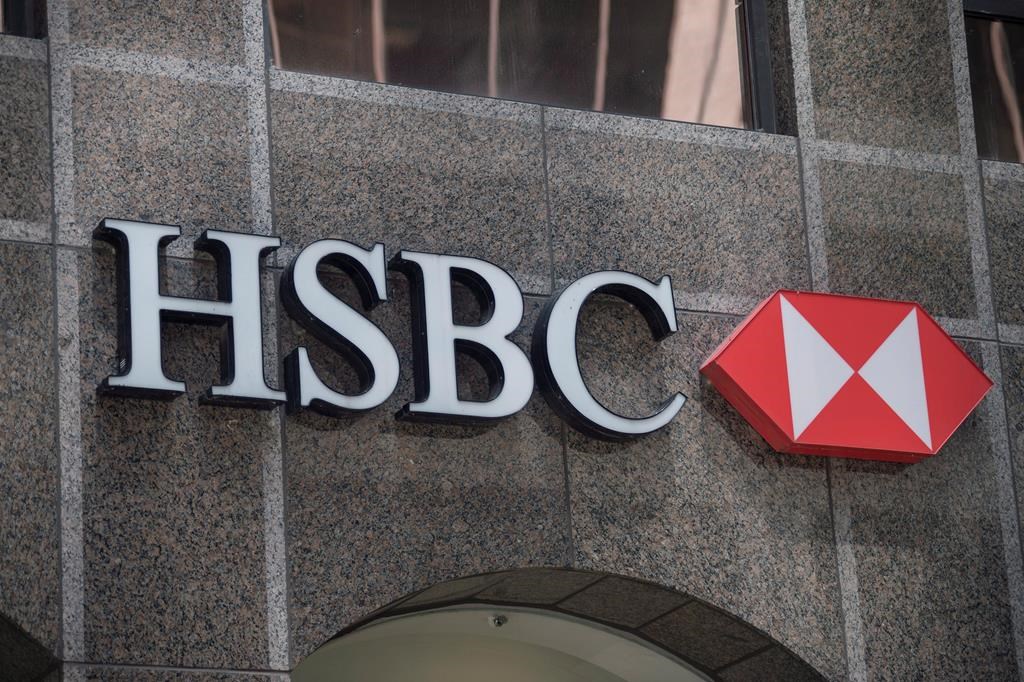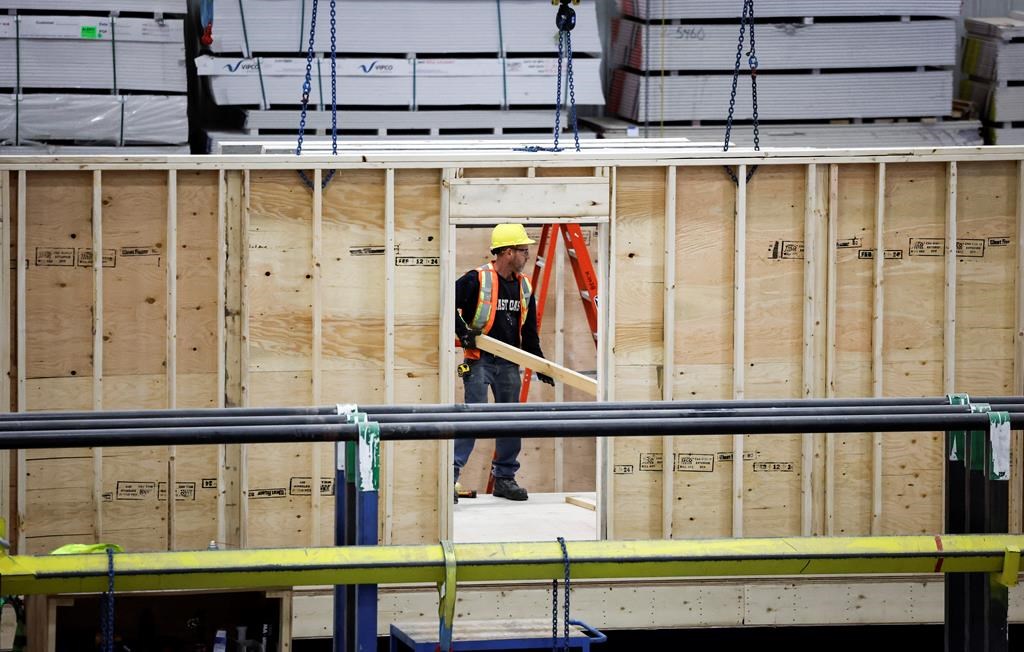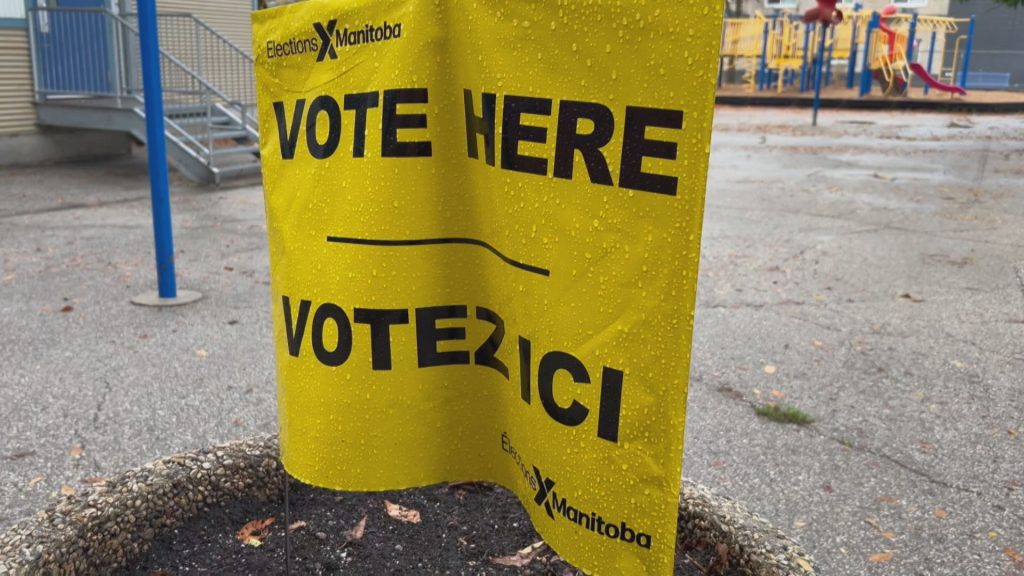Trudeau confident he made ‘right choice’ to invoke Emergencies Act
Posted November 25, 2022 4:18 am.
Last Updated November 25, 2022 7:57 pm.
Prime Minister Justin Trudeau said he is confident he made the “right choice” in invoking the Emergencies Act to clear out the “Freedom Convoy” protests.
The prime minister appeared Friday as the final witness before the Public Order Emergency Commission, which has spent six weeks examining Trudeau’s unprecedented order in February in response to protests in Ottawa and elsewhere
“My own inclination was that this was a moment to do something that we needed to do to keep Canadians safe,” he said, displaying moments of introspection during his testimony while acknowledging the seriousness of declaring a public order emergency.
“I am absolutely, absolutely serene and confident that I made the right choice.”
Before a packed room at the Library and Archives Canada, which has played host to the public hearings since October, Trudeau described some of the key moments that led up to the moment on Feb. 14 when he ultimately signed off on the order.
The prime minister painted a grim picture of the situation at the time, describing Canada as teetering on the edge of violence – a threat that he believed was very real amid the angry protests in the capital and other parts of the country.
Trudeau also detailed some of the closed-door discussion between cabinet ministers and national security officials before he says they all agreed on the need to use the act. And he spoke of a moment before signing the order when he stopped to ask himself: “What if I don’t sign it?”
But Trudeau was ultimately unapologetic as he explained why he signed the order, the first time the Emergencies Act has been used since it became law in 1988, giving police and financial institutions extraordinary powers to end the protests after more than two weeks.
“When there’s a national emergency and serious threats of violence to Canadians, and you have a tool that you should use, how would I explain it to the family of a police officer who was killed or a grandmother who got run over trying to stop a truck or a protester who was killed?”
Friday marked the first time Canadians have heard directly from the prime minister about his version of events surrounding convoy protests, as the public inquiry prepared to wrap up weeks of testimony.
Among those attending in person were some of the dozens of Canadians who participated in blockades in downtown Ottawa and border crossings with the U.S. to demonstrate vaccine mandates, pandemic restrictions and the Trudeau government.
The prime minister at one point defended his government’s decision to impose federal vaccine requirements, saying they were required to protect Canadians’ health. He also stood by his refusal to meet with protesters demanding an end to mandates.
“We heard them, we knew exactly what they were asking for,” he said. “But it was clear that it wasn’t that they just wanted to be heard. They wanted to be obeyed.”
Hearing that, some of the former protesters in the crowd scoffed and groaned.
Inquiry focused on whether government was justified in declaring public order emergency
The inquiry has been focused on the question of whether the government was justified in declaring a public order emergency, which the Emergencies Act identifies as a threat to Canada’s security, as defined in the Canadian Security Intelligence Service Act.
That definition includes espionage or sabotage of Canada’s interests, foreign influence, acts of serious violence against people or property with political, religious or ideological objectives, or the violent overthrow of the Canadian government.
Canadian Security Intelligence Service director David Vigneault previously testified that while no such threat materialized during the protests, he told the prime minister he supported the decision to invoke the Emergencies Act.
Trudeau defended that decision by saying CSIS’s “deliberately narrow” definition of what constitutes a threat to Canada’s security was intended to frame the spy agency’s activities and not constrain the government.
The government is allowed to accept input from other sources beyond CSIS, including the RCMP and other federal departments and agencies, and that the decision ultimately rests with cabinet, he added.
However, whatever legal analysis the government received before invoking the act remains a mystery as it has refused to waive solicitor-client privilege. A federal lawyer repeated that position Friday when Trudeau was asked to release that advice under cross-examination.
Trudeau did note several times that he waived cabinet privileges over many sensitive documents and other records to allow Canadians see some of what the government was learning during the convoy.
Transcript of chat between the PM and then Ottawa Mayor Jim Watson, where Trudeau discusses his concerns with Ottawa Police #cdnpoli pic.twitter.com/3ByaW7XxyT
— Cormac Mac Sweeney (@cmaconthehill) November 25, 2022
The prime minister on Friday described the threat of serious violence as the protests entered their third week as a key factor in his decision to invoke the Emergencies Act, saying: “We were seeing things escalate, not things get under control.”
Officials by then had seen the “weaponization” of vehicles, with a report of demonstrators trying to ram police officers at protest sites in Alberta and British Columbia, he added, and “the use of children as human shields” in Ottawa.
“People didn’t know what was in the trucks – whether it was kids, whether it was weapons, whether it was both. Police had no way of knowing,” Trudeau said.
He also recalled reports of police being swarmed, concerns about violence between protesters and counter-protesters, and reports of new protests springing up in other places after blockades in Windsor, Ont., and Coutts, Alta., were cleared by police.
Recounting his consultation with premiers ahead of his invocation on the Emergencies Act, Trudeau said he heard numerous plans to deal with the protests and blockades but no convincing solutions. He also dismissed arguments from some provinces that the act wasn’t necessary.
“The reality is there were pop-ups and troubling reports right across the country,” he said. “There was financing of these convoys coming from every corner of the country and internationally. These were things that were generalized across the country.”
The prime minister was challenged several times under cross-examination on his assertion that neither the government nor the RCMP had confidence that Ottawa police had a credible plan to deal with the protests before the government decided the Emergencies Act was needed.
At one point, he was shown a 73-page document dated Feb. 13 that the inquiry was told was an operational police plan for clearing the Ottawa protests and which the RCMP, the Ontario Provincial Police and Ottawa Police Service all signed off on.
Trudeau said he had never seen the plan before.
Trudeau at another point recalled the moment at 3:41 p.m. on Feb. 14 when he received a note from the government’s top public servant, clerk of the Privy Council Janice Charette, recommending that he declare a public order emergency.
The prime minister acknowledged the seriousness of that moment, which he said he reflected upon before signing the order. But he said he was confident in his decision due to the work done by ministers and officials – and fears of the alternative should the protests drag on.
Final arguments as public hearings conclude
Following Trudeau’s testimony, the inquiry heard closing arguments Friday from lawyers representing governments, police services, cities and protesters themselves.
A lawyer for the federal government said it’s clear after six weeks of testimony that there were serious threats of violence by demonstrators, that blockades posed threats to the economic security of Canada and that there were reasonable grounds to declare a national emergency.
But not all of the parties to the inquiry agreed, with a lawyer for some of the protest organizers saying the act was government overreach and lawyers for Alberta and Saskatchewan saying provincial governments were not consulted enough on the special powers.
Cara Zwibel, a lawyer for the Canadian Civil Liberties Association, argued that the use of the act was inappropriate. “The legal threshold to make use of the act was not met, and a creative and privileged legal opinion from the government that says otherwise doesn’t make it so.”
With many witnesses pointing fingers at law enforcement for failing to respond to the blockades earlier, police lawyers argued that it was impossible to know how the demonstrations would unfold.
A lawyer for former Ottawa police chief Peter Sloly, who was heavily criticized by other police leaders during the inquiry, said he was a selfless leader. “He had the weight of the city and the nation on his shoulders,” Tom Curry said.
The Public Order Emergency Commission heard from more than 75 witnesses and introduced more than 7,000 documents into evidence over the course of six weeks.
It was “an amazing feat,” said commissioner Paul Rouleau, who got some cheers from lawyers and spectators in the Ottawa hearing room after he wrapped up the proceedings on Friday evening.
“I’m particularly pleased by the fact that these hearings have by and large taken place without a hitch,” he said.
“This is a very divisive issue at the root of this whole convoy and what has come out of it, and I think this process, I hope, will be of assistance to people to understand and move forward. It is truly humbling to me to be involved in this.”
Rouleau said he is satisfied that he can now make factual findings and answer the key questions the commission was mandated to explore: Why did the federal government declare the emergency? How did it use its powers? And were those actions appropriate?
“These are questions that, as I said at the outset, the public wants answered,” Rouleau said. “I’m confident that I am now well positioned to provide those answers.”
The commission will hear analysis from expert witnesses next week, and Rouleau is expected to provide a final report to Parliament by Feb. 20, 2023.








